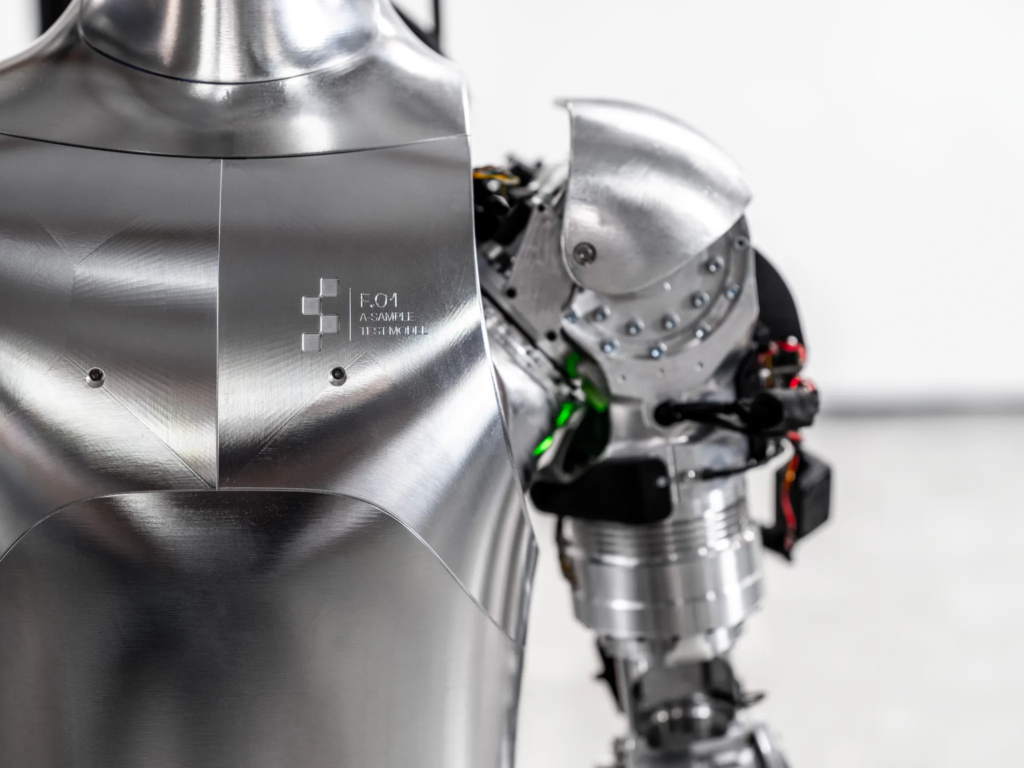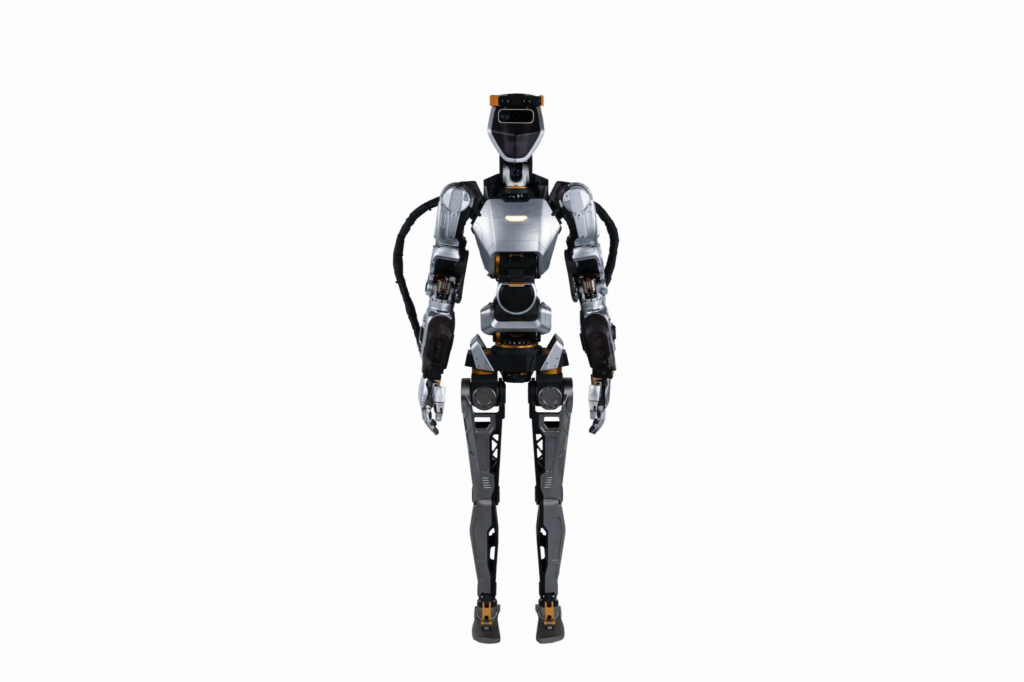Ahead of Tesla’s earnings announcement on Tuesday, CEO Elon Musk revealed that the company plans to begin selling its Optimus humanoid robot by 2026. According to Tesla’s earnings report, Optimus has already started performing tasks autonomously, such as handling batteries in one of Tesla’s facilities.
Elon Musk Tweet
“Tesla will have genuinely useful humanoid robots in low production for Tesla internal use next year and, hopefully, high production for other companies in 2026,” Musk posted on X.
During the earnings call, Musk estimated that the long-term demand for general-purpose humanoid robots could exceed 20 billion units. This figure combines the potential for personal use among the global population and various industrial applications.
However, these projections should be taken cautiously. Historically, Musk’s ambitious timelines for new products have often faced delays. Initially, Musk suggested humanoid production might begin in 2023, and while significant resources have been allocated to this project, many factors could impact the final timeline.
Chris Walti, former Tesla Optimus lead, shared insights into the project’s significance within the company, highlighting that at some point, Optimus became the number one effort in Tesla.
The Current Landscape of Humanoid Robots
The market for humanoid robots has evolved considerably since Tesla first announced Optimus in 2021. The pandemic spurred investments in industrial automation due to staffing shortages, and the rise of generative AI has further accelerated interest in general-purpose robots.
While humanoid robots have made impressive strides, significant challenges remain in developing systems that can operate and learn like humans. The gap between current AI capabilities and the requirements for true general-purpose robots is vast. Both software/AI development and mechatronic system advancements are necessary to achieve these goals.
Major Players and Their Progress
1X Technologies:

- A Norwegian startup that gained attention with a $23.5 million funding round in 2023, supported by investors like Tiger Global and OpenAI.
- Announced a $100 million Series B in January and showcased its robot, Eve, performing household tasks.
- Committed to honest demonstrations, avoiding sped-up videos to inflate progress.
Agility Robotics:

- Early entrant with its bipedal robot, Digit, which has advanced further towards commercialization.
- Conducted pilots with Amazon and announced that Digit began working at a Spanx factory in Georgia.
Apptronik:

- Partnered with NASA on the Valkyrie project and began warehouse pilots with Mercedes-Benz in March.
Boston Dynamics:

- Known for its hydraulic Atlas robot, introduced an electric version in April 2023.
- Parent company Hyundai plans to pilot the robot in factories by 2025, with full-scale production expected later.
Figure:

- Raised $675 million in February, backed by Microsoft, OpenAI, Amazon, Nvidia, and Intel Capital.
- Piloted its 01 robot at a BMW factory in South Carolina.
Sanctuary AI:

- Announced pilots with automotive manufacturer Magna in April.
- Its Phoenix robot is the first humanoid to walk on two legs, following an earlier model deployed in retail in Canada.
Conclusion
Tesla’s Optimus and its competitors are part of a rapidly evolving field with significant potential. While Tesla’s announcement has influenced the industry and pushed other companies to reveal their projects, the journey to developing truly general-purpose humanoid robots is ongoing. With substantial investments and technological advancements, the next few years will be crucial in determining which companies lead this transformative industry.








